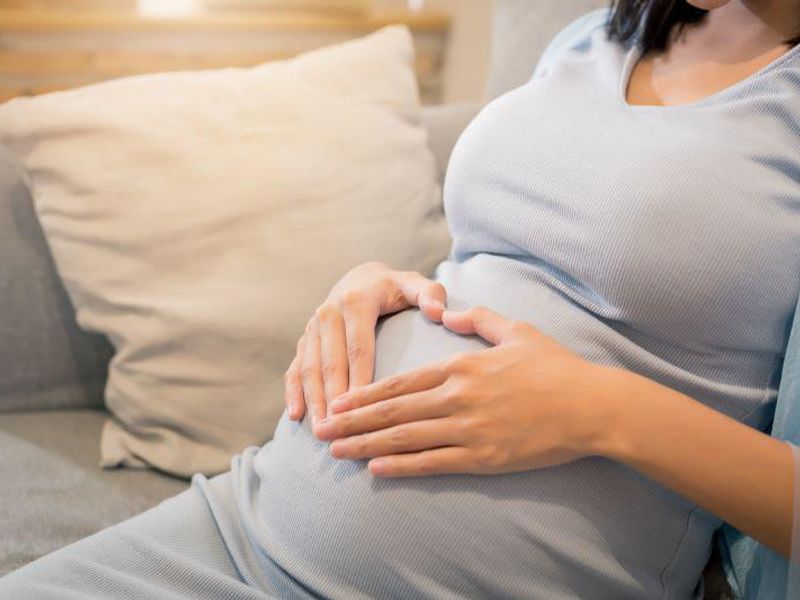Relative to prepandemic trend, births to U.S. mothers decreased by 31,000 in 2020 but increased by 71,000 in 2021
By Elana Gotkine HealthDay Reporter
TUESDAY, Aug. 22, 2023 (HealthDay News) — The COVID-19 recession resulted in an overall baby bump, or increase in births, among U.S.-born mothers, according to a study published online Aug. 15 in the Proceedings of the National Academy of Sciences.
Martha J. Bailey, Ph.D., from the University of California in Los Angeles, and colleagues examined childbearing responses to the COVID-19 pandemic using natality microdata covering U.S. births for 2015 to 2021 and California births from 2015 through February 2023.
The researchers found that reductions in births to foreign-born mothers accounted for 60 percent of the 2020 decline in U.S. fertility rates, although births to this group comprised only 22 percent of all U.S. births in 2019. The start of the decline was in January 2020. In contrast, an overall baby bump resulted from the COVID-19 recession among U.S.-born mothers, which marked the first reversal of the decrease in fertility rates seen since the Great Recession. Relative to a prepandemic trend, births to U.S. mothers decreased by 31,000 in 2020 but increased by 71,000 in 2021. U.S. births remained elevated through February 2023, according to data from California. The most pronounced baby bump was seen for first births and women younger than 25 years. Among women older than 25 years, the baby bump was most pronounced for those aged 30 to 34 years and those with a college education.
“The COVID-19 recession is the first in recent history that was not followed by a baby bust. In a resounding rejection of this well-documented statistical relationship, the 2020 COVID-19 recession was followed by a surge in births,” the authors write.
Copyright © 2023 HealthDay. All rights reserved.








